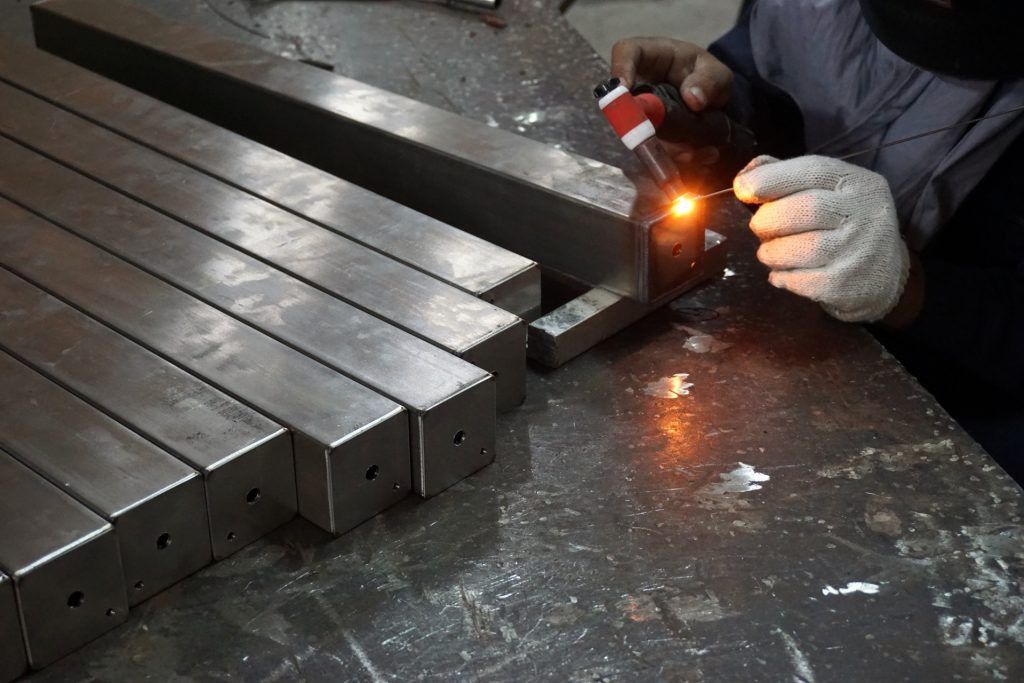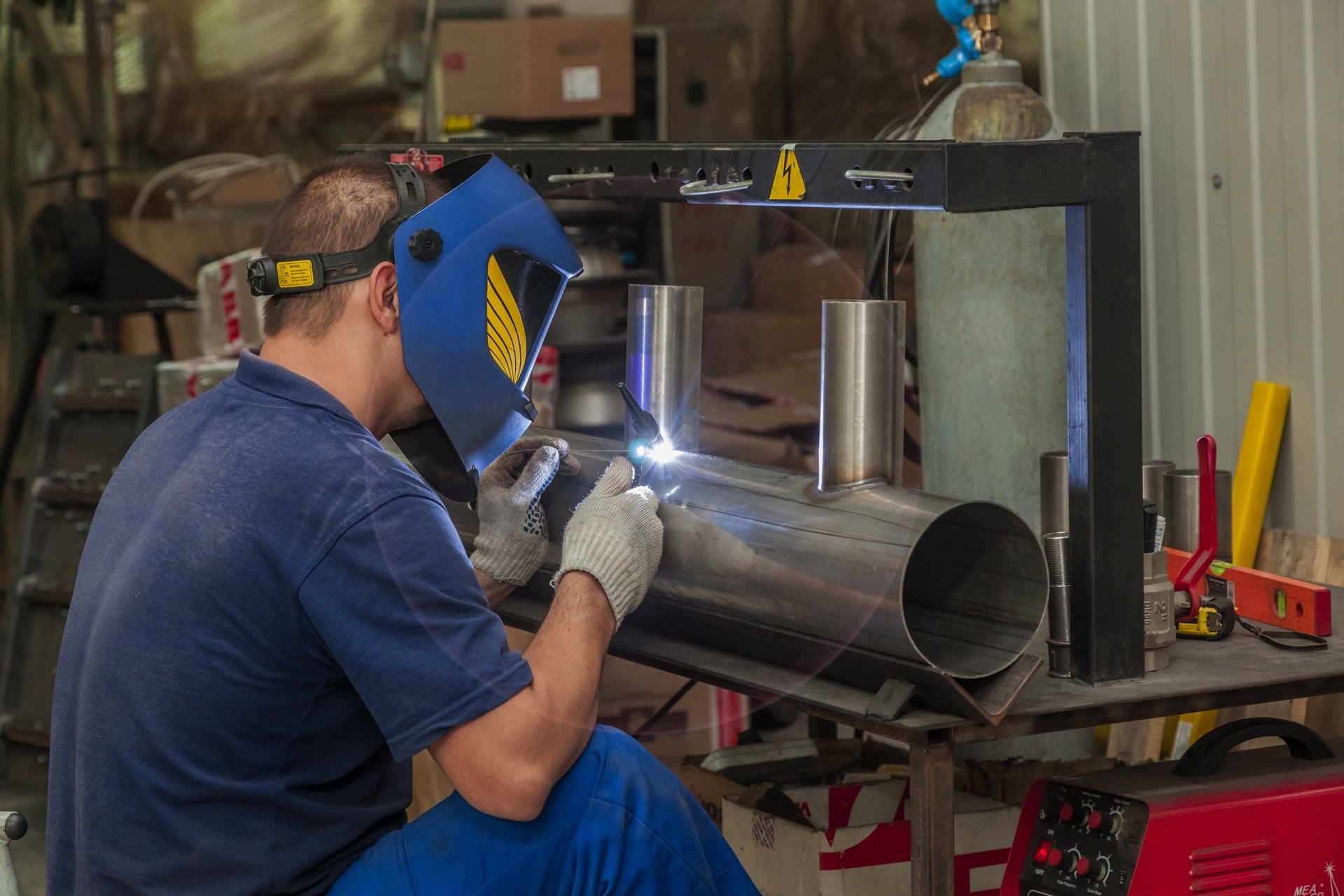Few metals can match the strength and durability of stainless steel—this makes it an ideal candidate for a wide set of applications. Plus, due to its corrosion resistance, it can also be used in a variety of tools, equipment, and utensils. When welding stainless steel, it’s important to keep the cooling and heating cycles top of mind. If stainless steel gets too hot it can cause the chromium to bond with the carbon in it and lose its corrosive-resistant properties.
So what are some of the most effective ways to weld stainless steel? We break down those below.
Quick Tips to Keep in Mind Before Welding Stainless Steel
Before we dive in on the methods of welding stainless steel there are several tips you should keep in mind to ensure you get a strong, long-lasting weld.
- Clean stainless steel surfaces before you weld. Its corrosion-resistant properties are reduced if the metal is contaminated with other metals in the weld.
- Choose the appropriate filler material to the metals you are welding to ensure the weld is strong and will have the highest corrosion resistance possible.
- Treat any welds accordingly if you’re not using a corrosion-resistant filler to maximize corrosion resistance.
- Track metal temperatures with the proper tool to ensure your weld will be effective and strong.
- Be careful, and watch for any signs of warping when dealing with thinner stainless steel pieces.
TIG Welding or Gas Tungsten Arc Welding
One of the most popular welding methods, TIG welding offers high quality, longevity, and versatility when welding stainless steel. Because of its low heat output it’s also perfect for working on thinner material. To get the best weld, argon gas will be commonly mixed with other gases like helium or hydrogen depending on the type of work being done. Using single-sided welding, inert backing gas protection between the interior and exterior welds can be achieved. This helps prevents oxidation, and thus, corrosion.
Resistance Welding
“Spot” or resistance welding (RW) has the benefit of using highly versatile equipment perfect for projects small and large in scope. It’s also more economical than the other methods we’ve listed reducing the need for additional resources.
Resistance welding is performed by using electricity to heat frayed metal edges and seal them together. This type of welding is an especially good choice for welding metal with a low melting point because it can be adjusted to prevent distortion in the metal.
MIG Welding or Gas Metal AC Welding
Welding metal can get tricky at times to reach hard to access areas, which is why MIG welding is a popular choice. This is because it uses a pulsed current supply as opposed to a constant supply. This type of welding uses argon-rich shielding gas and a solid wire electrode to create a strong weld.
The method itself is semi-automatic making it an efficient welding choice. Done right, it offers one of the strongest welds on this list when using stainless steel. Depending on the project, other mixtures of gas that include carbon dioxide, oxygen or helium may be used to improve the overall quality of the weld and stabilize the arc.
Ultimately the best choice of method for a project comes down to the material you’re working with, it’s thickness, and the qualities of the weld you need. Spot welding is great for reducing resources, but TIG welding will give you a weld that lasts longer.

